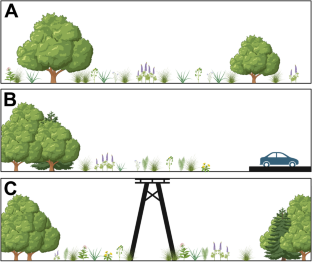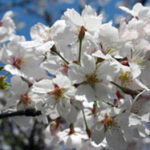2024-01-31 ペンシルベニア州立大学(PennState)
◆自然または人為的な要因によって作られる境界環境は、希少なnative植物の定着と繁殖を促進するための絶好の機会を提供し、この研究により、野生ルピンなどの森林の境界植物の保護を促進するために、焼畑、刈り取り、機械的な薄くするなどの土地管理が役立つことが示唆されています。
<関連情報>
- https://www.psu.edu/news/agricultural-sciences/story/edge-habitats-along-roads-and-power-lines-may-be-key-conserving-rare/
- https://link.springer.com/article/10.1007/s11258-023-01371-9
野生のルピナス(Lupinus perennis L.)の生物学と管理:エッジ生息地における希少植物保全のためのケーススタディ Biology and management of wild lupine (Lupinus perennis L.): a case study for conserving rare plants in edge habitat
Isabella R. Petitta,Margarita M. López-Uribe & Autumn E. Sabo
Plant Ecology Published:05 December 2023
DOI:https://doi.org/10.1007/s11258-023-01371-9

Abstract
Wild lupine (Lupinus perennis) is a perennial plant originally found primarily throughout the United States and Canada in oak savannas, which are considered an ecotone between prairie and forest. Because of primary habitat loss, this early successional plant is declining and now persists in managed edge habitats such as power line rights-of-way and roadsides across much of its range. Many edge populations of wild lupine are small and isolated, which can hinder the reproduction of this pollinator-dependent plant. Here, we synthesize current literature about the biology and management of wild lupine and associated plants and insects. We also highlight current gaps of knowledge to guide future research on wild lupine and, more generally, on savanna-like habitats. The information provided here on lupine serves as a case study for how edge habitat conserves rare plant species reliant on disturbance. Overall, habitat characteristics that seem best for wild lupine include a gradient of canopy cover from moderate to open, well-drained soils, and a low abundance of understory woody plants. Land management, including prescribed burning, mowing, and mechanical thinning, can promote the conservation of wild lupine and other forest edge plants. However, additional research in regards to ideal management regimes and intensity is needed to further plant conservation in forest edge habitat.


